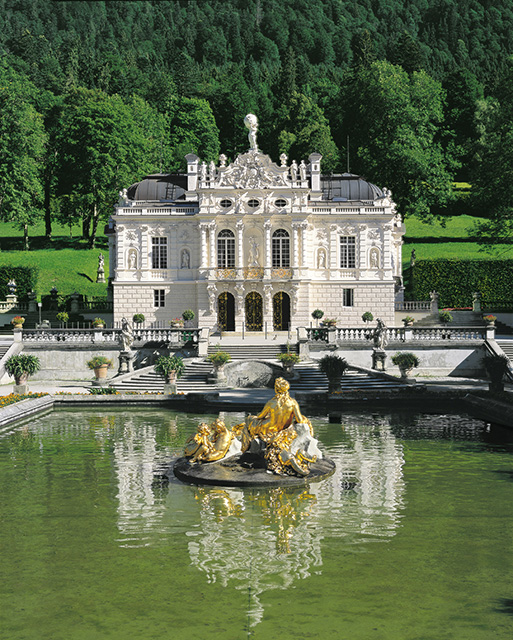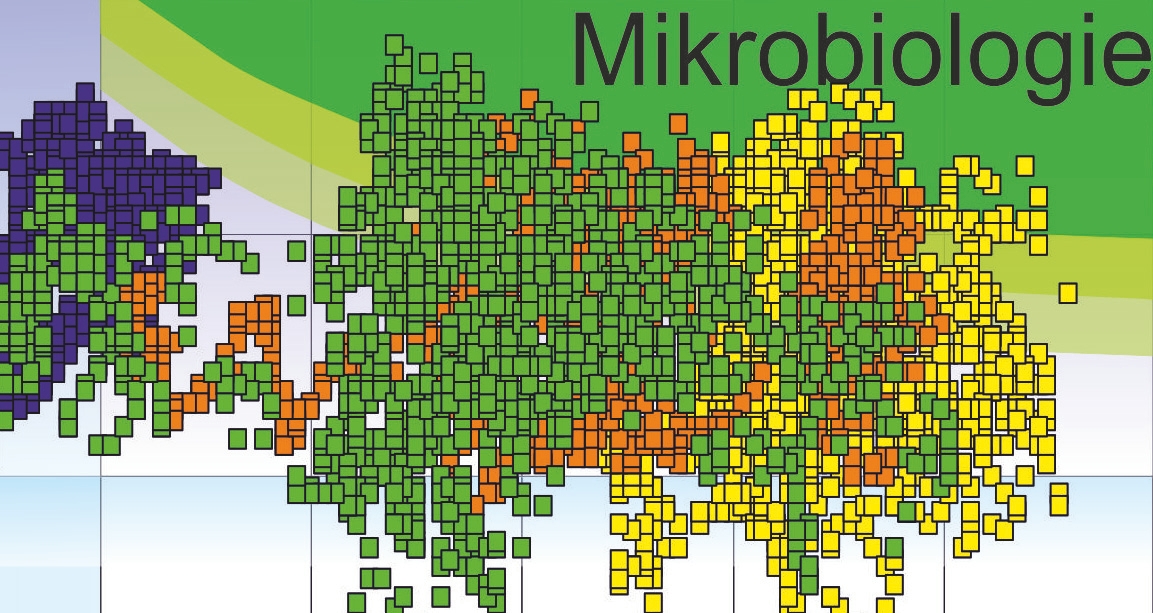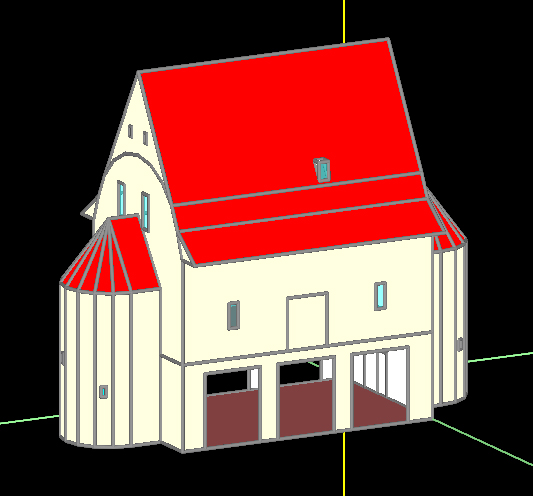Preventive conservation is concerned with the sustainable preservation of art and cultural assets. It aims to improve overall environmental conditions in order to prevent damage to works of art, equipment and historical buildings without having to intervene directly with the assets themselves. The experts at the Fraunhofer Institute for Building Physics IBP conduct comprehensive analyses of buildings and collections. They also prepare individual risk assessments and use them as a basis to develop concepts to conserve and preserve cultural assets in the long term.
Preventive conservation - an approach for preserving collections in historical buildings and museums
Holistic consideration of the indoor climate
The indoor climate in historical buildings plays a key role when it comes to the preservation of furnishings and collections. This is because unfavorable climatic conditions - e.g. excessive relative humidity or major climate fluctuations - can gradually destroy works of art. Besides the aspect of conservation, visitor comfort or energy efficiency, such as climate control strategies, may also need to be considered.
To develop climatic concepts for historical rooms, a thorough analysis of the building, collection, internal and external influences and of the interaction between the various parameters is essential.
Various aspects are measured and studied:
- temperature and relative humidity
- local temperature distribution (thermography)
- local microclimates
- air exchange rate
- air velocity
- CO2 concentration
- indoor air quality (assessed by special sensors)
- analysis of pollutant, e.g. in visitor rooms, archives, warehouses, showcases, etc.
- outdoor climate
These parameters, together with documentation on historical materials, techniques and preservation, serve as a basis for assessing individual risks and developing preventive conservation concepts.
Climate concepts
Based on an appraisal of the status quo, Fraunhofer IBP scientists develop suitable concepts for improving the climate inside historic buildings and museums in close cooperation with all relevant parties - users, administration departments, building authorities, building owners, architects and planning offices for technical building services. The focus is on preventive conservation, i.e. the sustainable preservation of art. However, this is always linked to issues regarding building protection, energy efficiency and visitor and user comfort, as well as general aspects concerning the feasibility of measures (economic efficiency, destructive interference with the building substance of a monument etc.). Comprehensive, coordinated planning is required in order to achieve the best possible results when renovating an existing building or structure, or when erecting a new one.
Risk assessment of works of art
To preserve exhibits in the long term, the right climate is essential. Factors influencing the aging and decay of exhibits are temperature, humidity, light and air pollutants, as well as molds and microorganisms. The risks for individual works of art can be assessed on the basis of damage functions.
Documenting damage processes via micro-monitoring using imaging techniques (structured light scanner, high-resolution macro-photography, etc.) plays an essential role because each work of art is unique, made from different materials and has an history and specific microclimate of its own which must be assessed directly where the work of art is located. Since further aspects regarding the condition of the building envelope and safety also require consideration, a comprehensive approach is essential.
Simulating the climate inside historical buildings
With the hygrothermal simulation software WUFI® Plus, scientists can simulate in advance the indoor climate and different strategies for controlling the climate inside historical buildings. This makes climatic processes understandable and enables the effects of passive or active measures to be evaluated in terms of benefits, risks and energy requirements.
The geometry of a building, its structural design, material properties, as well as the outdoor climate and other influencing factors such as the air exchange rate, climate control and visitor numbers are required as input data.
To ensure that an indoor climate is simulated correctly and that relevant damage processes and other important characteristics are correctly represented, the simulation model is calibrated with the measured climate data.
A calibrated simulation model can be used to optimally simulate and evaluate the impact of passive and active measures.
Areas of expertise
- Conservation assessment of historic buildings and their furnishings and fittings
- Analysis of the status quo and documentation of damage to works of art
- Monitoring indoor climates, microclimates and outdoor climates (temperature, relative humidity, absolute humidity,
- temperatures below dew point, CO2 measurement, mobile weather station etc.)
- Risk assessments based on climate data
- Evaluation of the risk of metal corrosion
- Evaluation of the risk of mold growth and other factors
Methods
- Determination of the air exchange rate through blower door tests, measurement of CO2 levels and passive tracer gas method
- High-resolution thermography
- Chemical material analysis
- Determination and classification of materials of biological origin (e.g. wood, fibers)
- Isopleth determination of museum materials to assess specific climatic sensitivities
- or microbiological vulnerability more accurately
- Determination of the thermal and hygric properties of historical materials
- Simulation of building components with WUFI® 1D and 2D and hygrothermal building model WUFI® Plus
- Measurement of the moisture content of building components
- Pollutant and particle measurements
- Salt determination
- Determination and evaluation of microbial growth
- Data acquisition using the in-house web-based database IMEDASTM
- Analysis of chemicals in the indoor air / outgassing from materials
- Restoration studies



